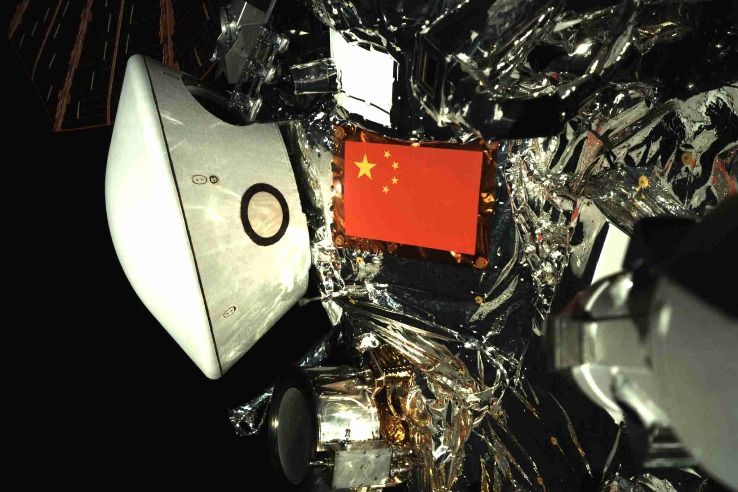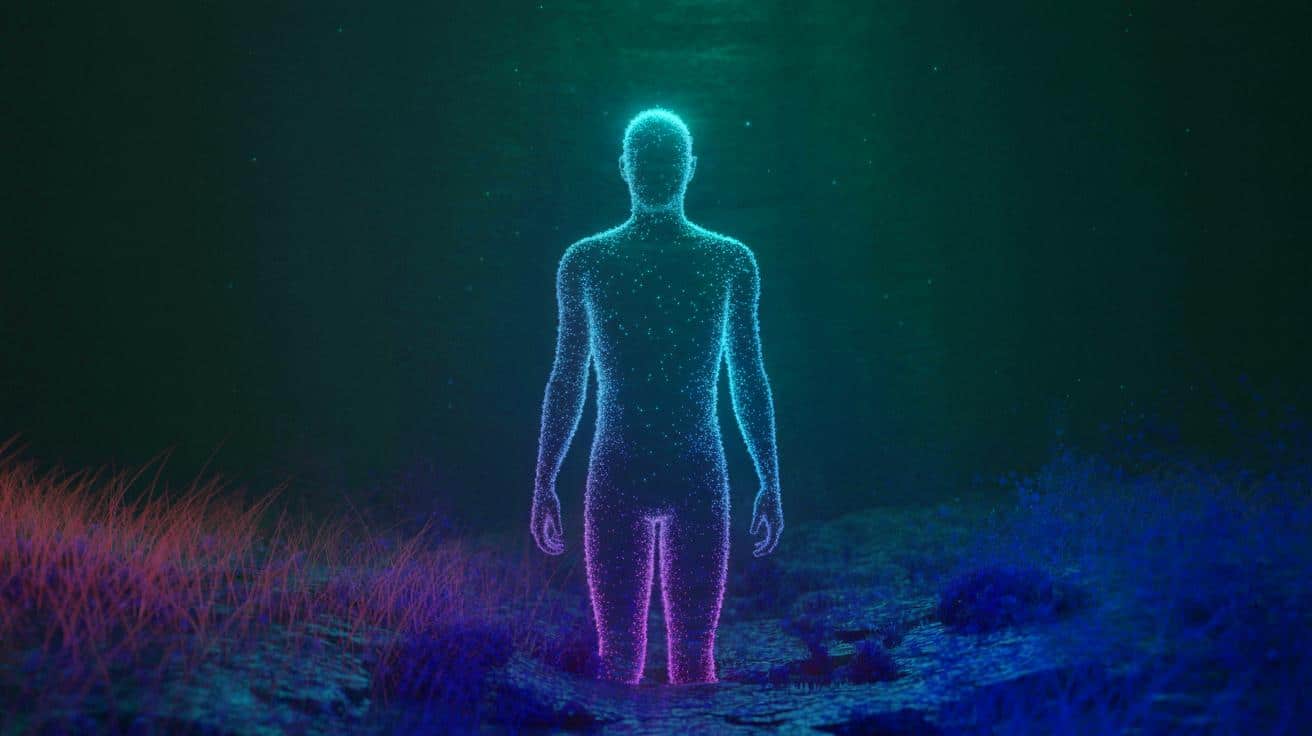Unbelievable Breakthrough: Scientists Create Human Embryos from Skin Cells!

Imagine a world where infertility becomes a relic of the past, where same-sex couples can finally hold their genetically related child in their arms. Sounds like science fiction? Well, it’s becoming our reality! For the first time ever, scientists at Oregon Health and Science University have successfully created early-stage human embryos using DNA extracted from skin cells, then fertilized with sperm.
This revolutionary study, published in Nature Communications, is a game-changer in reproductive science. By taking the nucleus, which carries the complete genetic blueprint, out of a skin cell and placing it into a donor egg that has had its genetic material removed, researchers could potentially open the door to a new era of fertility treatments.
Professor Shoukhrat Mitalipov, who leads the research team, expressed his amazement at the breakthrough, stating, “We achieved something that was thought to be impossible.” This technique could particularly benefit women of advanced maternal age and those who have undergone treatments like chemotherapy that harm their reproductive abilities.
But the implications extend even further—same-sex couples might one day have the option to create biological children from their own skin cells! “You could make eggs for men, and that way, of course, this would be applicable to same-sex couples,” Mitalipov explained, hinting at a future where family planning is more inclusive than ever.
However, before this innovation can be utilized in fertility clinics, significant refinement is necessary. Experts suggest it could take up to a decade for the technique to be ready for clinical use. As Professor Richard Anderson from the University of Edinburgh noted, the major challenge lies in the fact that healthy human eggs contain only 23 chromosomes. This means generating new eggs from skin cells is not without hurdles.
Still, this pioneering work holds the promise of transforming reproductive health. Professor Ying Cheong from the University of Southampton emphasized the growing number of individuals unable to conceive using their own eggs due to age or health issues. He believes that while this research is still in its infancy, it could reshape our understanding of infertility and ultimately lead to the creation of egg or sperm-like cells for those who have few options left.
As we stand on the brink of this biomedical revolution, who knows what the future holds? This incredible achievement underscores how close we are to rewriting the rules of reproduction, making a once-distant dream a tangible reality for many.


















